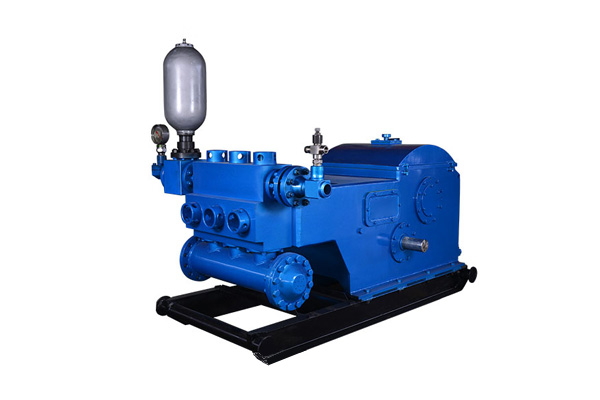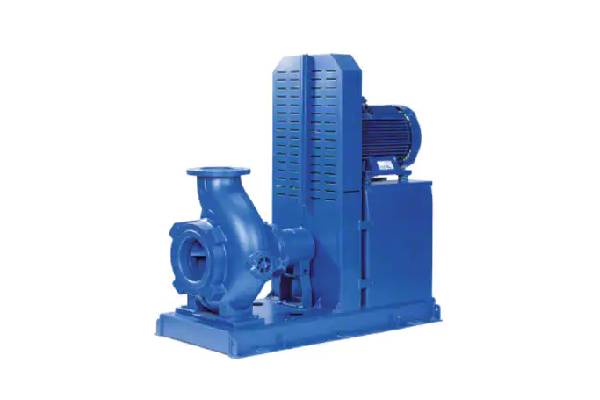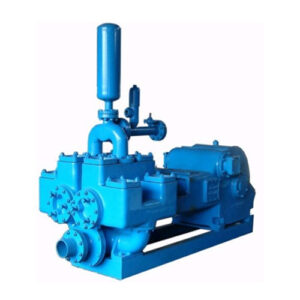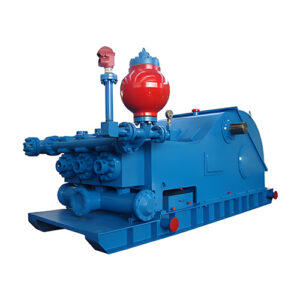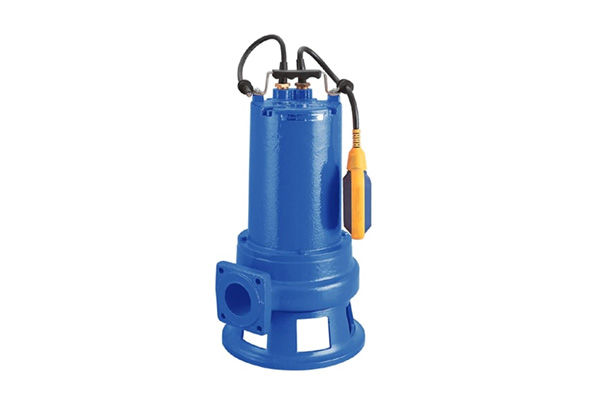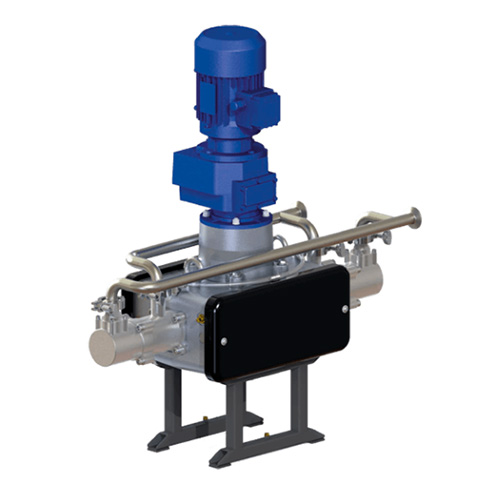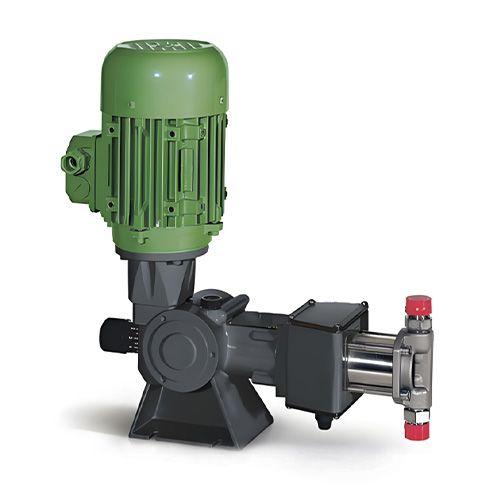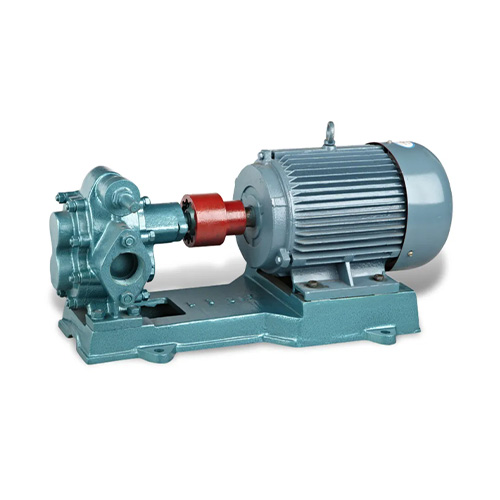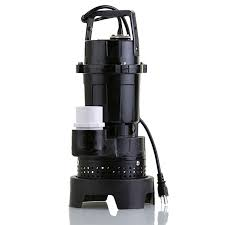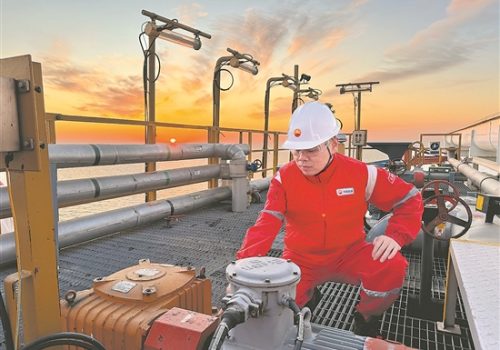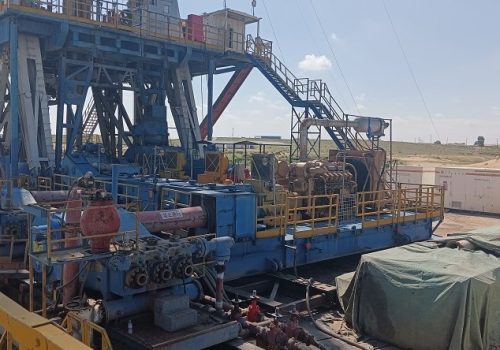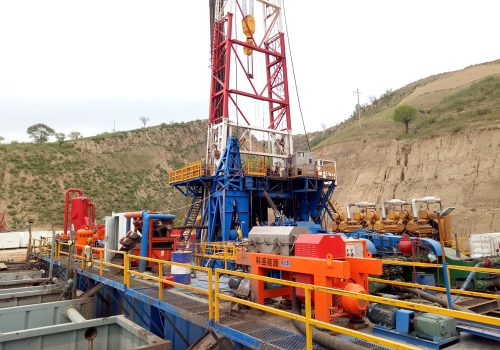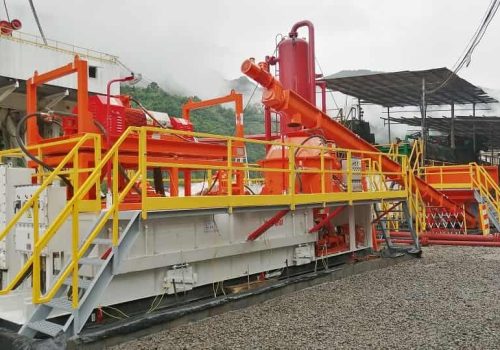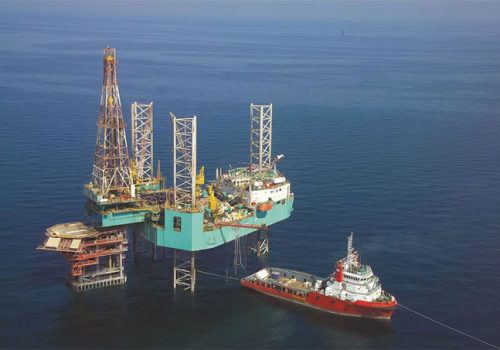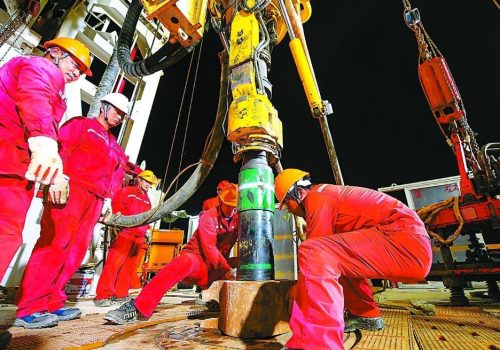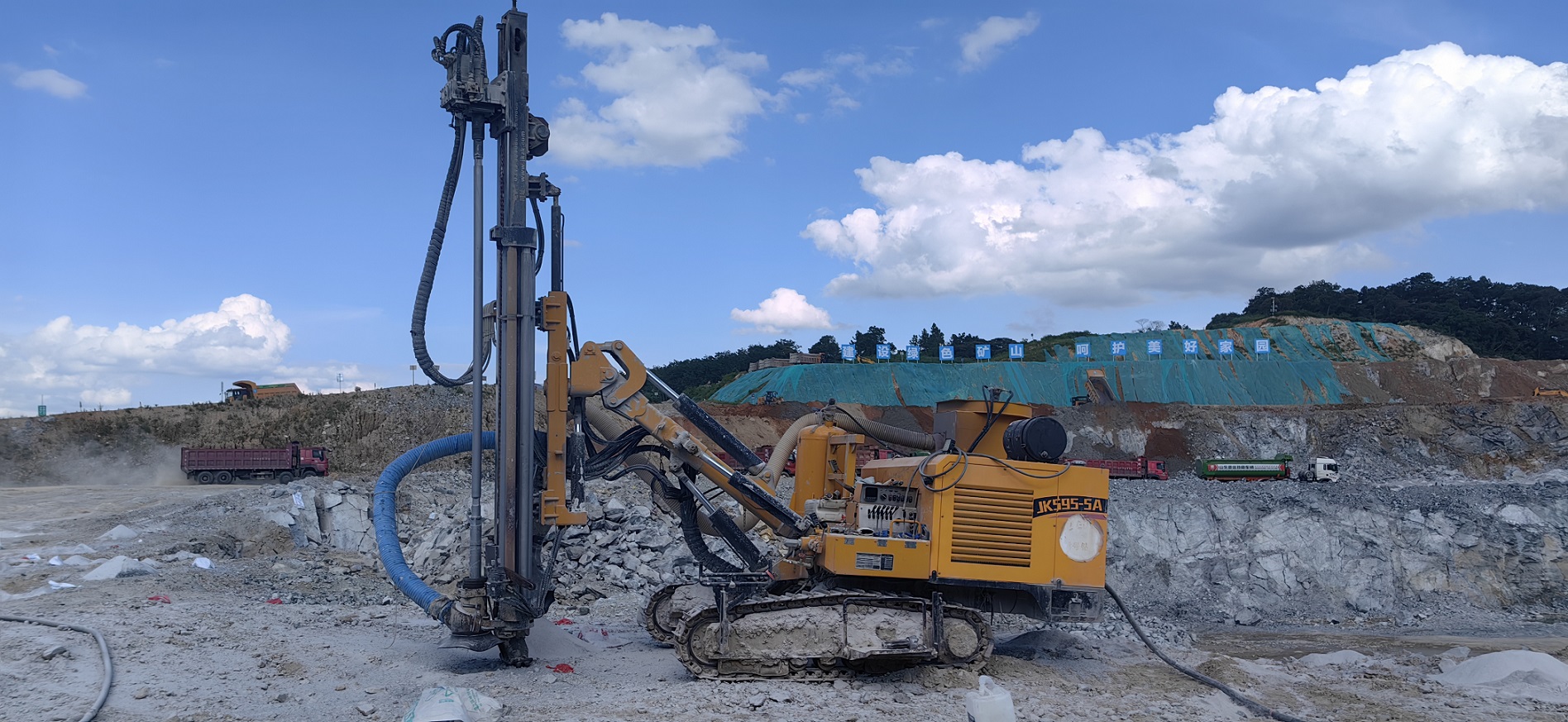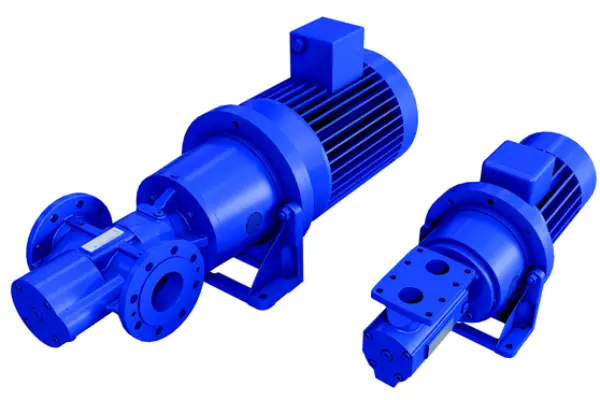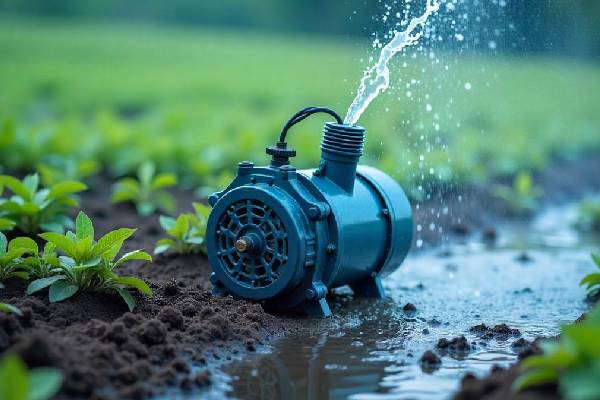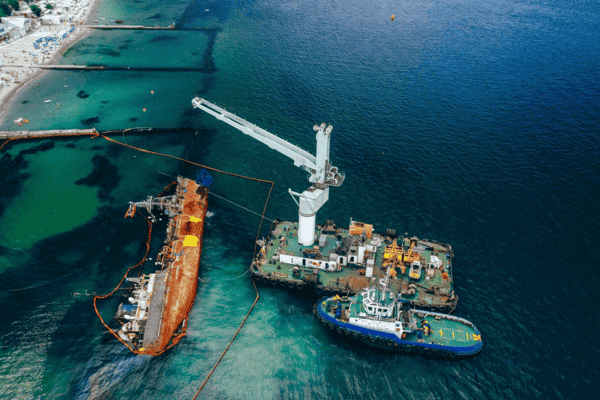When we talk about making ships greener, cleaner, and more efficient, most conversations focus on alternative fuels, hull design, or wind-assisted propulsion. But at the very center of a ship’s energy footprint lies one crucial component: the main engine.
The main engine isn’t just responsible for moving the ship forward — it determines how much fuel is burned, how many emissions are released, and how effectively the entire onboard energy system operates. In short, the ship’s energy efficiency starts with its heart.
Let’s explore why the main engine is the true driver of maritime efficiency.
Fuel Consumption: The Largest Slice of the Pie
On any voyage, the main engine is the biggest consumer of fuel — by far. For large cargo ships and tankers, it can account for over 80% of total onboard fuel use. That means any improvement in main engine efficiency — even by a small percentage — translates into major savings in both fuel cost and emissions.
Modern engines are now designed to optimize fuel-air mixing, combustion timing, and load response, allowing them to squeeze more power from every drop of fuel. A more efficient engine means:
- Lower operational costs
- Extended range for the same fuel volume
- Fewer emissions of CO₂, NOx, and SOx
Engine Load Optimization: Efficiency Is Not Just About Speed
Running a ship at full speed isn’t always the best way to save fuel. In fact, many engines perform most efficiently at 60–85% load, depending on their design. This has led to the rise of slow steaming — operating ships at reduced speeds to lower fuel consumption and emissions.
The main engine plays a key role in this strategy. If it’s not designed or tuned for optimized operation at low load, the benefits of slow steaming can be lost. Advanced Engine Control Units (ECUs) now adjust fuel injection timing and turbocharger performance dynamically to maintain high efficiency even at reduced speed.
Waste Heat Recovery: Turning Heat into Power
Main engines generate enormous heat — much of which is lost through exhaust gases and cooling systems. But new technologies are turning this heat into usable energy through Waste Heat Recovery Systems (WHRS).
These systems capture exhaust heat and convert it into:
- Steam for turbine generators
- Electrical power for onboard systems
- Heating for cargo or accommodation areas
By recovering what would otherwise be wasted, the engine indirectly reduces the load on auxiliary engines — further improving overall fuel efficiency.
Fuel Type and Compatibility
The main engine’s design determines what types of fuel a ship can use — and this greatly affects energy efficiency and environmental impact. Older engines burn heavy fuel oil (HFO), while newer ones are designed for marine diesel oil (MDO), low-sulfur fuels, or even liquefied natural gas (LNG).
Some of the most advanced engines are dual-fuel or methanol-compatible, giving operators flexibility based on cost, availability, and environmental regulations. Choosing the right engine can future-proof a vessel in a rapidly changing regulatory landscape.
Smart Engine Monitoring and Control
Today’s main engines are no longer “dumb machines.” They’re integrated into ship-wide power management and control systems, providing real-time data on:
- Fuel consumption
- Engine wear and performance
- Vibration, temperature, and pressure
- Emission levels
With this data, ship operators can make smarter decisions — adjusting speed, scheduling maintenance, or detecting inefficiencies before they become costly failures.
The Role of Engine Design in the Bigger Picture
Energy efficiency isn’t just about onboard performance. Engine size, weight, cooling requirements, and layout influence the ship’s:
- Hull design
- Stability
- Payload capacity
- Total energy system configuration
A compact, high-efficiency engine can free up space and reduce auxiliary loads, contributing to overall vessel optimization.
Conclusion
Improving a ship’s energy efficiency doesn’t start with solar panels or exotic fuels. It starts with the main engine — the machine that works hardest, consumes the most, and influences everything from speed to sustainability.
As shipping pushes toward decarbonization and smarter operations, the next generation of marine main engines will need to be cleaner, more flexible, and digitally connected. Because when it comes to fuel efficiency, emissions reduction, and operational reliability — the heart of the ship always leads the way.

